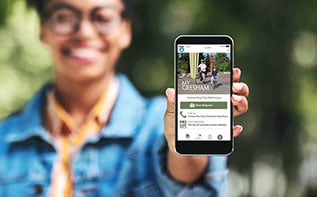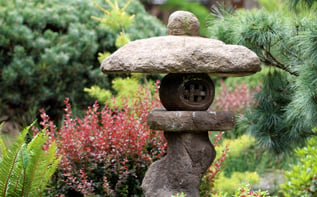- Home
- Fire Department
- Emergency Management
- Emergency Preparedness
Fire Department
Emergency Preparedness
What you can do if basic services, such as electricity, gas, phone and water, are disrupted for a long time.
Prepare yourself
- Make a Plan
- Build a Supply Kit
- Water Supplies
Make a plan with your loved ones so you know what to do in an emergency. The effort you put in now will play a big part in how well you survive an emergency or disaster.
How to make a plan
- Meet with your family or household members.
- Discuss how to prepare and respond to emergencies most likely to happen where you live, learn, work and play.
- Identify responsibilities for each member of your household and plan to work together.
- If a family member is in the military, plan your response as if they were deployed.
In an emergency, relief workers may not be able to assist everyone immediately. We recommend you build a kit with food, water and other supplies to last you and your family for at least 72 hours and 14 days, if possible. This kit should include:
- Non-perishable foods with low salt content
- One gallon of water per person, per day
- Medications
- Infant formula and diapers
- Pet food and water
- Flashlight and extra batteries
- Cell phone charger
- First aid kit
How to build an emergency supply kit
After a disaster, tap water may not be safe to drink or use. It is important to prepare ahead of time by storing water for yourself and your family.
Video: How to store your own emergency supply of water
Be ready for two weeks without water
- Store at least one gallon of water per day for each person and pet.
- Storing supplies for 72 hours is a good start. If possible, store a two week supply of water.
- Children and nursing mothers may need more water.
- A medical emergency might require additional water.
- In hot temperatures, water needs can double.
- Individual needs vary depending on age, health, physical condition, activity, diet and climate.
Water storage tips
- Do buy bottled water from a store or use your own container to store water.
- Do use food grade containers like those found at most camping or outdoor stores, or two-liter soda bottled.
- Don't use containers that are made of glass, jugs that held milk or juice, or containers that were used for chemicals or bleach.
- Do change out your water about every six months. It won't go bad, so if you need it in an emergency and it's older than six months, go ahead and use it.
- Do store your water in a cool, dark location if possible.
Sanitizing your container
- Use dish soap and clean water to wash your container and its cap thoroughly.
- Rinse your container well with clean water.
- Mix one teaspoon of unscented liquid household chlorine bleach with four cups of water.
- Pour the bleach water mixture into your container, replace the cap top, and tighten.
- Shake your container vigorously for 30 seconds, making sure all of the surfaces are covered.
- Pour out the bleach water and let your empty container air dry.
Filling your sanitized container
- Fill your container to the very top. Be careful not to touch the opening with your hands or the faucet. This might contaminate your water or container.
- This step varies slightly depending on where your water comes from:
- From a well or other untreated sources: You will need to add 1/8 teaspoon of bleach per gallon
- From a water provider like the City of Gresham: You do not need to add bleach to your water because it is already treated.
- Place the cap back on the container. Be careful not to touch the bottom or inside of the cap when you place it on the container.
- Make sure the cap is on snugly.
- Label and date your container so you know when you filled it.
Read more about storing food and water for emergencies.





